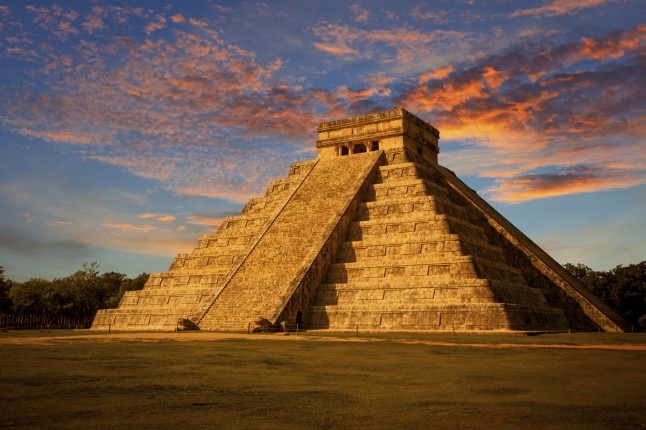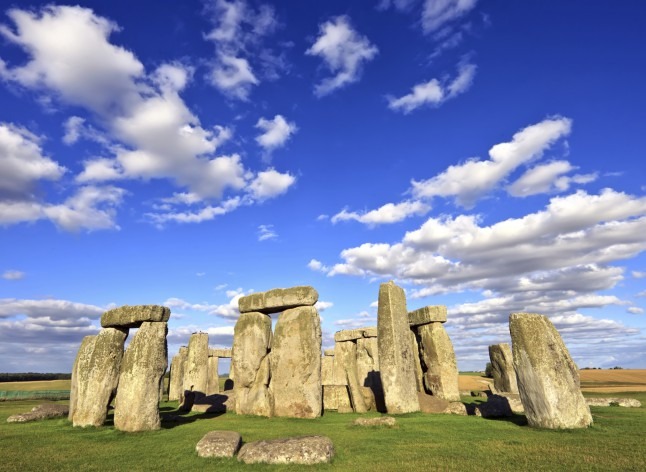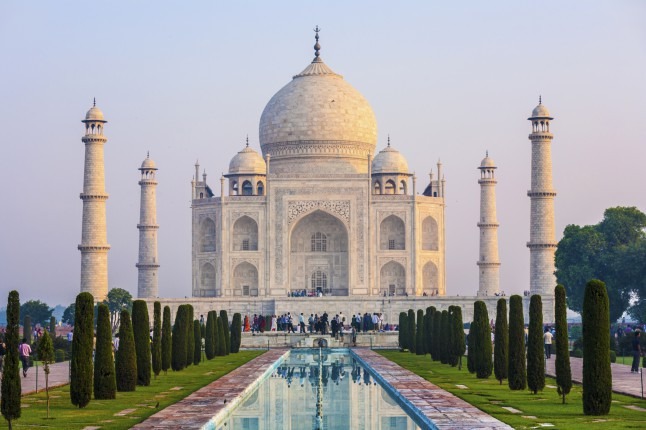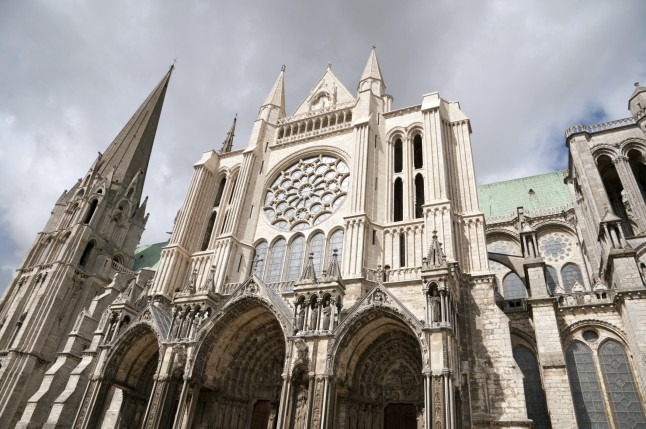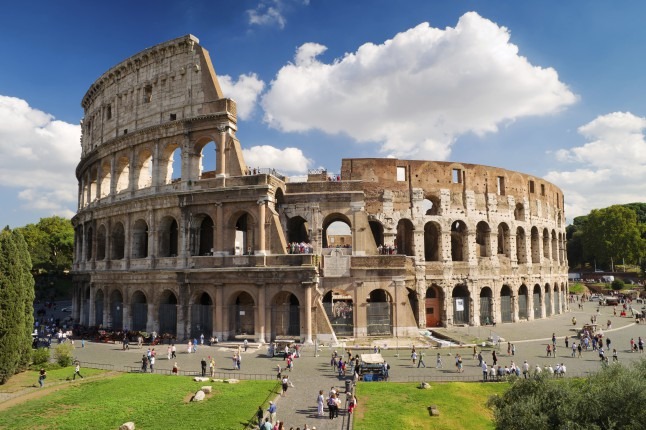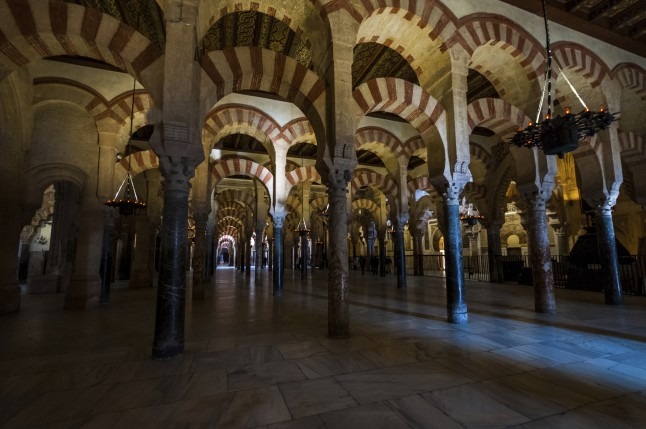Select Sites From The World's 10 Most Culturally Rich Countries
#10 Iran
Meidan Emam, Isfahan
Shah Abbas the Great laid out this square at the beginning of the 17th century in the heart of his new Persian capital, Isfahan, then one of the world's largest cities. Palaces and mosques are linked by a series of highly decorated two-storied arcades that bear witness to the richness of Safavid social and cultural life.
#9 United Kingdom
Stonehenge
The ancient sanctury of Stonehenge in Wiltshire in southern England dates back to Neolithic times. Scholars debate its religious, social and astrological significance but are agreed that with its huge menhirs, sophisticated concentric rings of megaliths and burial grounds, Stonehenge is one of the world's most important prehistoric momuments.
#8 India
Taj Mahal
Built between 1631 and 1648 by Mughal emperor Shah Jahan, this immense white marble mausoleum in Agra is one of the masterpieces of Muslim architecture in India. The pure white marble glows softly pink at dawn and fiery red at the end of the day, but takes on an etherial silver shimmer in moonlight.
#7 Japan
Historic Monuments of Ancient Nara
Japan's 8th imperial century capital brought together the Chinese and Korean cultural roots from which Japanese art and architecture developed. The city itself was laid out to Chinese geomantic principles. Its temples and shrines survived the departure of the imperial administration to Nagaoka in 784.
#6 Germany
Margravial Opera House Bayreuth
The Opera House in Bayreuth is the only surviving auditorium where an audience of 500 can hear Baroque court opera with the same accoustics as when the house opened in 1750. A court opera house in a public space, not a palace, it foreshadowed the public opera houses of the 19th century.
#5 Mexico
Pre-Hispanic City of Chichen-Itza
One of the most important Mayan sacred sites in the Yucatán peninsula before the invading Toltecs arrived in the 10th century. Regarded as one of the most important examples of Mayan-Toltec civilization before its abandonment in the 15th century.
#4 France
Chartres Cathedral
The 12th to13th century cathedral of Notre-Dame de Chartres marks the high point in French Gothic architecture. One of the most visited tourist destinations in France, it is notable for stained-glass windows and ornate entry arches, where "medieval thought becomes visible."
#3 Italy
Historic Center of Rome
Successively the capital of the Roman republic, then empire, and then of the Christian world, Rome is home to some of the most iconic momuments of antiquity such as the Colosseum and the elliptical amphitheatre in the centre of the city.
#2 Spain
Historic Center of Cordoba
Cordoba's flourished as an artistic and intellectual center after the Moorish conquest in the 8th century when innumerable mosques, palaces and public buildings were built to rival the splendours of Constantinople, Damascus and Baghdad. In the 13th century, Ferdinand III, converted the city's Great Mosque into a cathedral.
#1 China
Imperial Palace, Beijing
The seat of supreme power from the 15th to the 20th century, the Forbidden City is physical testimony to the power and civilization of the Ming and Qing dynasties in late feudal China.
